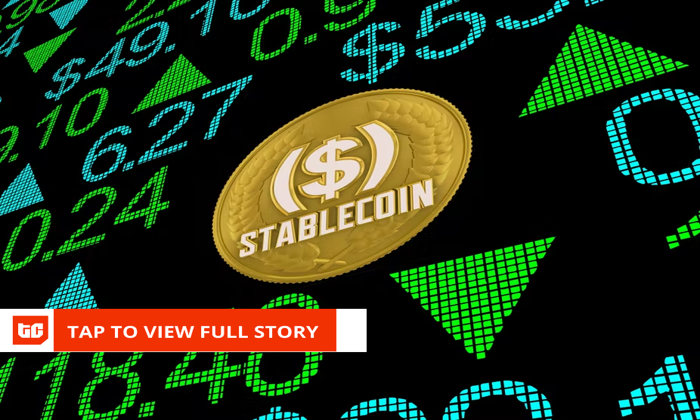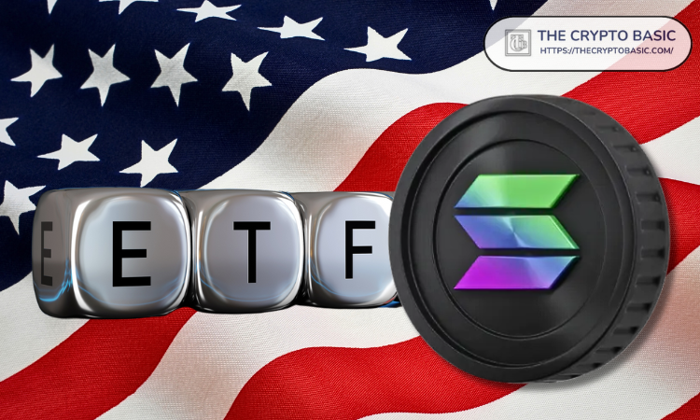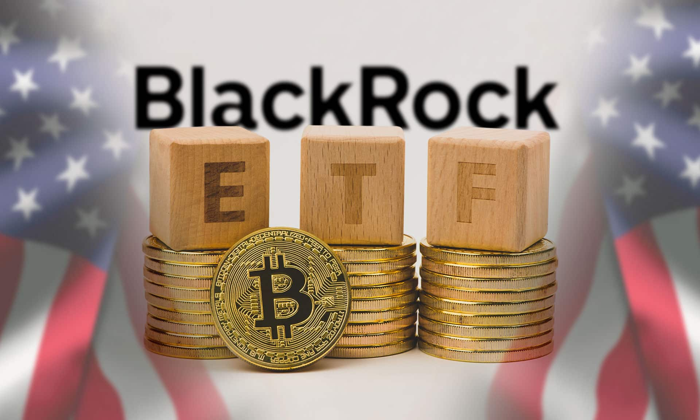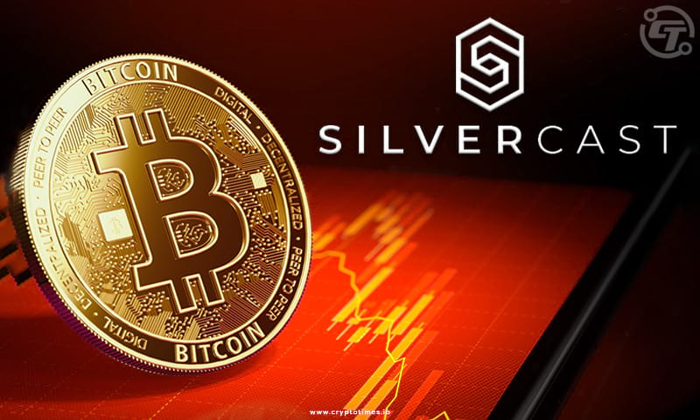Stablecoin integration is becoming a pivotal trend as major technology firms and financial establishments explore the capabilities of these digital currencies. In a notable move, Meta, formerly known as Facebook, is reportedly assessing the implementation of stablecoin payments within its platforms, aiming to leverage the benefits of this burgeoning market. The interest surrounding stablecoin adoption is largely fueled by a substantial market capitalization exceeding $230 billion, demonstrating the increasing value these assets hold in the financial ecosystem. Furthermore, innovations in crypto payment solutions showcase how companies are eager to enhance their transaction capabilities through stablecoins, such as Tether’s USDt and Circle’s USD Coin. As the landscape of digital currency payments evolves, institutions like Meta seem poised to play a significant role in shaping a more integrated and stable financial future.
The exploration of integrating stable digital assets into payment systems is gaining traction as the financial technology landscape shifts. Key players, including Meta, are considering the potential of utilizing cryptocurrency-backed payments to enhance user experiences across their platforms. This investigation aligns with a broader movement toward digital currencies, which are increasingly recognized as viable alternatives in transaction processing. As stablecoin applications gain popularity, they offer innovative solutions that could redefine how consumers and businesses approach digital transactions. The rise in market interest not only emphasizes the relevance of stablecoin initiatives but also their capacity to transform contemporary payment frameworks into more efficient and reliable systems.
The Rise of Stablecoin Market Capitalization
In recent years, stablecoin market capitalization has surged, reflecting a growing acceptance and demand for these digital currencies. As financial institutions and tech giants explore the potential of stablecoins, their market cap has soared beyond $230 billion. This growth can be attributed to the increasing need for stable digital assets that offer the benefits of cryptocurrencies without the high volatility typically associated with them. Investors are gravitating towards stablecoins as a means of ensuring their investments retain value while still participating in the broader cryptocurrency ecosystem.
The surge in stablecoin adoption is spearheaded by major companies like Visa and Stripe, which are recognizing the potential of stablecoins to revolutionize payment solutions. As these organizations integrate stablecoins into their operations, they affirm the asset class’s relevance and utility in modern financial transactions. This increasing institutional interest fosters confidence among retail investors, thereby fueling further expansion in the stablecoin market.
Meta’s Strategic Exploration of Stablecoin Integration
Meta, the parent company of Facebook, is critically examining the potential integration of stablecoin payments into its platforms. After a notable hiatus from the cryptocurrency space, this move marks a significant shift for the tech giant, aligning with its goal to innovate payment methodologies. By considering a multi-token strategy that supports prominent stablecoins like Tether’s USDt and Circle’s USD Coin, Meta aims to provide users a robust, digital currency payment solution that complements its existing services.
This exploration reflects a broader trend among technology firms recognizing the benefits of stablecoin adoption in providing novel financial solutions. As Meta engages with various crypto infrastructure firms for insights, the company signals its intention to harness cryptocurrency’s advantages while adhering to the demands of regulatory frameworks and market safety. The adoption of stablecoins by Meta could potentially position the company at the forefront of the digital payments revolution.
Institutional Interest in Stablecoin Payments
The increasing institutional interest in stablecoin payments is reshaping the crypto landscape, as major financial entities and tech companies invest in digital currencies. The engagement of payment giants like Visa and Stripe in stablecoin solutions highlights the growing acceptance among traditional finance circles. Visa’s investment in stablecoin startup BVNK exemplifies how established companies are pivoting towards the emerging digital assets sector, aiming to provide enhanced payment solutions alongside their traditional offerings.
As these corporations seek to leverage stablecoins, they contribute to a broader narrative of institutional adoption that legitimizes digital currencies as viable payment solutions. This evolution paves the way for wider acceptance and usage of stablecoins among consumers and businesses alike, fostering an environment where digital currency payments can thrive alongside fiat currency.
The Future of Digital Currency Payments
The future of digital currency payments is closely interlinked with the evolution of stablecoin technology. As companies like Meta explore integrating stablecoins into their payment systems, we can expect a significant transformation in how transactions are conducted. Digital currency payments promise to streamline processes, reduce costs, and enhance transaction speeds, thereby attracting both consumers and businesses towards adopting these innovative solutions.
Moreover, as the regulatory landscape for stablecoins begins to take shape, we can anticipate more robust frameworks that support the growth of digital currency payments. As crucial judgments about their operational governance are made, institutions that embrace these changes stand to gain a competitive edge in the evolving finance sector, making stablecoins an integral part of the payment solution ecosystem.
Challenges and Opportunities in Stablecoin Adoption
While the adoption of stablecoins presents significant opportunities for innovation in payment solutions, it also comes with its share of challenges. Issues around regulatory compliance, security, and market volatility need to be addressed to ensure stablecoins can operate effectively in the financial ecosystem. The setbacks experienced by proposed regulations, such as the blocked GENIUS Stablecoin bill, highlight the importance of collaboration between industry stakeholders and government entities to shape a supportive regulatory environment.
Additionally, companies exploring stablecoin integration, like Meta, must navigate these challenges to capitalize on the opportunities presented by digital currencies. By ensuring compliance with regulatory standards and enhancing consumer trust, these companies can lead the charge in transforming how financial services are delivered, thus realizing the full potential of stablecoin adoption in the market.
Innovations in Crypto Payment Solutions
Crypto payment solutions are rapidly evolving as technological innovations continue to emerge in the stablecoin space. Solutions that integrate stablecoins offer users a seamless and efficient way to make transactions without being subject to the volatility seen in other cryptocurrencies. This efficiency has been a driving factor behind the rising popularity of stablecoin payment solutions, appealing to a broader audience that values stability in their digital transactions.
With the involvement of fintech innovators and traditional financial institutions in developing stablecoin payment ecosystems, we are witnessing a shift towards more user-friendly, accessible payment methods. The trend indicates that the future of financial transactions will heavily lean on these crypto solutions, promising secure and instantaneous payment processing that can redefine traditional banking experiences.
Navigating Regulatory Hurdles for Stablecoins
Regulatory hurdles remain one of the foremost challenges for widespread stablecoin adoption and integration. Governments and regulatory bodies worldwide are still in the process of crafting comprehensive frameworks that govern stablecoins, which is crucial for fostering safe and secure environments for their use. Events such as the blocking of the GENIUS Stablecoin bill demonstrate the complexities involved in aligning monetary principles with emerging technologies.
However, navigating these regulatory landscapes can lead to significant advancements in the industry. By working closely with regulators, tech companies can advocate for frameworks that not only protect consumers but also encourage innovation. As a result, a balanced approach to regulation could facilitate a smoother integration of stablecoins into existing financial systems, ultimately benefiting both businesses and consumers.
The Role of Stablecoins in the Future Economy
Stablecoins are poised to play a pivotal role in shaping the future economy as they increasingly bridge the gap between digital currencies and traditional payment systems. By offering a stable alternative to widely fluctuating cryptocurrencies, stablecoins enable businesses and consumers to transact with confidence, enhancing overall market trust. This potential is supported by escalating investments from firms like Visa and Stripe in the stablecoin sector.
Moreover, as central banks explore Central Bank Digital Currencies (CBDCs), stablecoins may serve as a critical component in the broader financial ecosystem. They can coexist with CBDCs, providing an agile framework that supports seamless digital transactions. The integration of stablecoins into everyday financial activities may change consumer behavior, fostering an environment where digital currencies become integral to future economic interactions.
Education and Awareness in Stablecoin Usage
Education and awareness are key factors that could significantly influence the adoption of stablecoins across various demographics. As digital currency payments become more prevalent, it is vital for consumers to understand how stablecoins operate, their benefits, and the potential risks associated with them. Initiatives aimed at educating the public will empower individuals with the knowledge to make informed decisions regarding their usage of stablecoins.
Furthermore, financial institutions and tech companies can play a role in promoting education regarding stablecoins and their integration into payment systems. By offering resources and making information readily available, these entities can demystify stablecoin technology, cultivating a more informed public that is willing to engage in digital currency transactions. This level of familiarity will ultimately lay the groundwork for broader stablecoin adoption.
Frequently Asked Questions
What is Stablecoin Integration and why is it important for digital currency payments?
Stablecoin Integration involves incorporating stablecoins into various payment solutions, allowing users to make digital currency payments while minimizing volatility. This integration is essential as it enhances the usability of cryptocurrencies for everyday transactions, attracting retail investors and businesses alike.
How is Meta exploring Stablecoin Integration for its payment platforms?
Meta is examining Stablecoin Integration to potentially incorporate stablecoin payments into its platforms. This exploration follows a three-year hiatus from cryptocurrency engagement, signaling Meta’s interest in leveraging stablecoins for enhanced payment solutions.
What impact does stablecoin market capitalization have on Stablecoin Integration?
The stablecoin market capitalization exceeding $230 billion indicates growing institutional interest in digital currencies. This substantial market cap facilitates Stablecoin Integration as businesses see stablecoins as stable and viable payment options, leading to broader adoption in financial ecosystems.
What are the benefits of adopting stablecoin payment solutions?
Adopting stablecoin payment solutions offers businesses faster transaction speeds, lower fees, and reduced volatility compared to traditional cryptocurrencies. This makes them an attractive choice for companies, including Meta, exploring Stablecoin Integration for seamless digital currency payments.
What are the challenges affecting stablecoin adoption in global markets?
Challenges such as regulatory uncertainties and market volatility impact stablecoin adoption. Recent setbacks, like the blocking of the GENIUS Act, highlight the need for clearer regulations to support Stablecoin Integration and foster confidence among users and businesses.
How do companies like Visa and Stripe demonstrate the trend of Stablecoin Integration?
Companies like Visa and Stripe are leading the charge in Stablecoin Integration by investing in stablecoin startups and launching stablecoin-based accounts. Their initiatives show a commitment to enhancing crypto payment solutions, indicating broader acceptance of stablecoins in mainstream finance.
What role does Meta’s potential stablecoin foray play in the broader stablecoin adoption trend?
Meta’s potential stablecoin foray signifies a pivotal shift in stablecoin adoption, as major tech firms enter the space, validating stablecoins as a significant component in the financial landscape and enhancing their overall credibility and utility in digital currency payments.
| Key Points | Details |
|---|---|
| Meta’s Exploration | Meta is reportedly exploring stablecoin integration for payments after a hiatus from cryptocurrencies. |
| Multi-Token Strategy | There may be plans to adopt a multi-token strategy incorporating popular stablecoins like USDt and USD Coin. |
| Market Growth | The stablecoin market capitalization has surpassed $230 billion, attracting significant attention from tech and finance sectors. |
| Institutional Adoption | Visa and Stripe have made investments and launched stablecoin integrations, reflecting widespread institutional interest. |
| Regulatory Challenges | The GENIUS Stablecoin bill was blocked by Democratic Senators, hindering comprehensive regulations for stablecoins. |
| Global Implications | Stablecoins like USD1, introduced by World Liberty Financial, indicate the increasing importance of stablecoins in policy and market dynamics. |
Summary
Stablecoin Integration is being actively pursued by major tech companies, including Meta, which opts to explore stablecoin payments after a three-year gap. The ongoing institutional interest and investment in stablecoins are reshaping the financial landscape, with notable market growth and developments in payment processing. However, regulatory hurdles remain a challenge as stakeholders seek to navigate the evolving digital currency framework.
Stablecoin integration has emerged as a pivotal focus for major entities in the financial landscape, particularly as companies like Meta explore the incorporation of stablecoin payments into their services. Following a hiatus from the cryptocurrency space, Meta’s discussions with top crypto infrastructure firms highlight a renewed interest in stablecoin adoption, reflecting the increasing market capitalization of these digital assets. The potential benefits of stablecoin integration are vast, offering seamless and reliable crypto payment solutions that can enhance user experience. With stablecoins maintaining a peg to traditional currencies, the possibility of facilitating digital currency payments is more promising than ever. As the momentum for stablecoin adoption grows, so does the likelihood of transformative changes in global payment systems.
The integration of pegged digital currencies is reshaping the financial sector, as firms like Meta investigate various avenues for implementing these assets into their platforms. This trend underscores a broader shift toward utilizing cryptocurrency-backed payment structures, which aim to streamline transactions and improve overall efficiency. As the market landscape evolves, the acceptance of these digital assets reflects a significant increase in institutional support and investment in the crypto space. By recognizing the potential of regulated digital currencies, companies are positioning themselves to meet expanding consumer demands for advanced payment solutions. Ultimately, the exploration of digital currency integration marks the beginning of a notable transition in how transactions will be processed across the globe.














